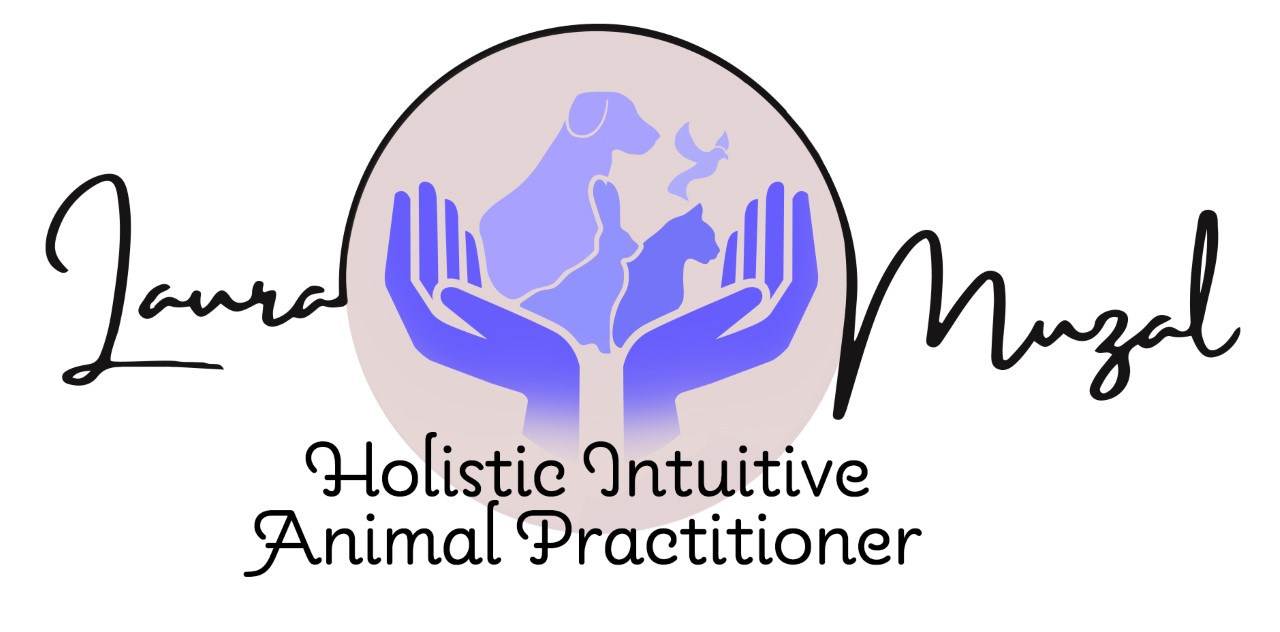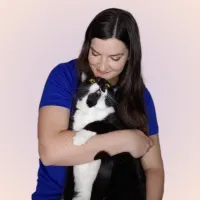Pawsitively Holistic: Your Guide to Pet Wellness

Dental Cleaning and Anesthesia for Pets - Is it Safe?

Dental Cleaning and Anesthesia for Pets - Is it Safe?
Maintaining your pet's dental hygiene is vital for their overall health, and professional cleanings play a key role in a comprehensive care routine. While the thought of anesthesia during dental cleanings may worry pet parents, there are safe techniques to minimize risks. Rest assured, these methods prioritize your furry friend's safety, ensuring they come out of the dental cleaning with a gleaming set of pearly whites.
How Well Do You Know Your Vet?
The cornerstone of ensuring safe anesthesia for you pet lies in the relationship you build with your pet's veterinarian. Trust is key— it's crucial to be able to rely on your veterinarian's advice and practices. Always be on the same page with your veterinarian when it comes to your values and the treatment of your pet.
Don’t disregard your gut if you get a bad feeling about your vet (or their methods), or if you don’t trust what they’re telling you. Take some time to research other veterinarians in your area or ask other pet parents you know and trust for recommendations. It's crucial to see a veterinarian who makes you feel confident and safe about your pet’s care. This is especially important for elderly pets, ensuring they are in the hands of a skilled and confident vet.
How Healthy is Your Pet?
Once you've found veterinarian that you trust for your pet's cleaning, it's important to ensure that your pet is a suitable candidate for anesthesia. Even if your pet is ten years old or more, anesthesia is generally safe for them. To confirm this, your veterinarian should conduct a few tests.
Start with recent bloodwork—it's a priority. Even if your pet seems healthy, checking their internal organs ensures they can handle anesthesia and medications throughout the treatment. A healthy-looking blood panel is a positive indicator of your pet's well-being.
For pets older than ten, your veterinarian may recommend chest x-rays before administering anesthesia. This precaution helps uncover potential heart murmurs or other cardiac issues. Even if your pet has a heart condition, anesthesia remains a viable option with proper consideration.
What measures can I take to maintain my pet's oral health?
Once your pet successfully passes the initial exams, it's essential to verify your vet's anesthesia practices and protocols. The manner drugs and anesthetics are administered is critical, and your pet must be attentively monitored at all times.
Intravenous Catheter (Catheter IV)
Prior to the dental procedure, your pet should be given an intravenous catheter into their front leg but a technician. This ensures the secure and efficient supply of drugs before, during, and after treatment. Various drugs may be administered intravenously, with Propofol being a preferred powerful induction drug for its short half-life, facilitating smoother recovery from anesthesia.
Fluids
During the operation, it's crucial to provide your pet with IV fluids for proper hydration. This helps maintain their stability during cleaning and helps them feel much better when they wake up. For pets with health issues like kidney disease, administering fluids before, during, and after treatment is recommended. Gradual hydration protects their kidneys and ensures swift and effective elimination of waste products.
Intubation
While many veterinarians follow this technique during dental cleanings, it's imperative to confirm that your pet is intubated during surgery. This involves inserting an endotracheal tube into your pet's airway, delivering oxygen and gas anesthetic for a safe cleaning procedure. Ensuring adequate oxygen levels is critical to prevent harm to the brain and the rest of the body.
Will My Pet be Under Constant Surveillance?
As soon as your pet has their IV catheter and their first dosage of medication, they should be under the constant supervision of an expert veterinary technician.
Having a dedicated technician solely focused on monitoring anesthesia throughout any procedure involving anesthesia for pets is crucial. This person takes charge of observing various indicators, such as heart and respiration rates, eyeball position, jaw tension, and other signs of effective anesthesia.
This role is vital as this technician becomes your pet's guardian during the anesthesia period. The goal is to administer the precise amount of anesthesia for the treatment. Insufficient anesthesia could cause discomfort, while excessive amounts may pose challenges during recovery. It’s a delicate balancing act that must be done with care and precision.
Even after the completion of your pet's cleaning, the technician should continue to vigilantly monitor them to ensure proper healing.
Will My Pet be in Pain?
Dental cleanings are far more important for pets compared to humans, often involving extractions and scaling beyond the gum line. While these procedures are inherently uncomfortable, addressing your pet's pain is crucial.
Pets undergoing multiple extractions require more extensive pain management during and after surgery than those undergoing a simple cleaning. To alleviate pain around the face, a local anesthetic or nerve block, similar to what dentists use for human procedures, can be applied, potentially reducing the need for additional anesthetic medications.
Veterinarians may use drugs like hydromorphone, a narcotic, even before fully anesthetizing the patient, creating a more relaxed state by preemptively controlling pain. This approach minimizes the requirement for induction and maintenance medications, such as propofol and Sevoflurane gas.
Post-anesthesia, ensure your pet receives adequate and appropriate pain medication for the procedure. Pets undergoing extensive dental work may need pain relief for the next five to seven days, along with antibiotics.
In some practices, injecting B12 into multiple acupoints immediately after surgery has proven effective in enhancing pain control and expediting pet recovery. Some pet parents even report their pets returning to normal the next day - which is fantastic! This shows the value of well-managed anesthesia, especially for elderly pets or those undergoing significant dental procedures.

There are also additional ways to help ease your pet's pain at home. PEMF (Pulsed Electromagnetic Field) therapy has been shown to be beneficial for pets in alleviating pain by promoting cellular repair, reducing inflammation, and enhancing overall well-being. With the Pets PEMF Pad, you can easily provide the benefits of Pulsed Electromagnetic Field therapy for your pet at home.
Don't be Afraid to Ask Questions
Anesthesia for pets is a delicate process. When performed correctly, your pet will quickly recover from their dental cleaning with white teeth with no injuries or adverse effects. However, if your veterinarian doesn't adhere to proper safety procedures or lacks an adequate number of technicians, your pet's safety could be compromised.
Don't hesitate to ask numerous questions—you have the right to be fully informed about your pet's surgery, down to the smallest detail. As pet parents, advocating for your pet's well-being is your responsibility, ensuring they receive the finest and safest treatment.
Related Reading:
Dental Health for Pets: It’s Not as Scary as You Think
Home Care Tips for Your Cat's Dental Health
Home Care Tips for Your Dog's Dental Health
CBD for Periodontal Disease in Dogs and Cats
Have More Questions or Need Personalized Pet Care Advice?
If you have additional questions or need personalized guidance for your beloved pet, I'm here to help. Book a call with me, and let's discuss how to best care for your furry friend. Your pet's well-being is my priority, and I'm dedicated to providing the support and expertise you need. Click here to schedule your consultation today. Together, we can ensure your pet leads a happy, healthy life.
Affiliate Disclosure: Some of the links on this blog are affiliate links. If you make a purchase through these links, the blog owner may earn a commission at no extra cost to you.

